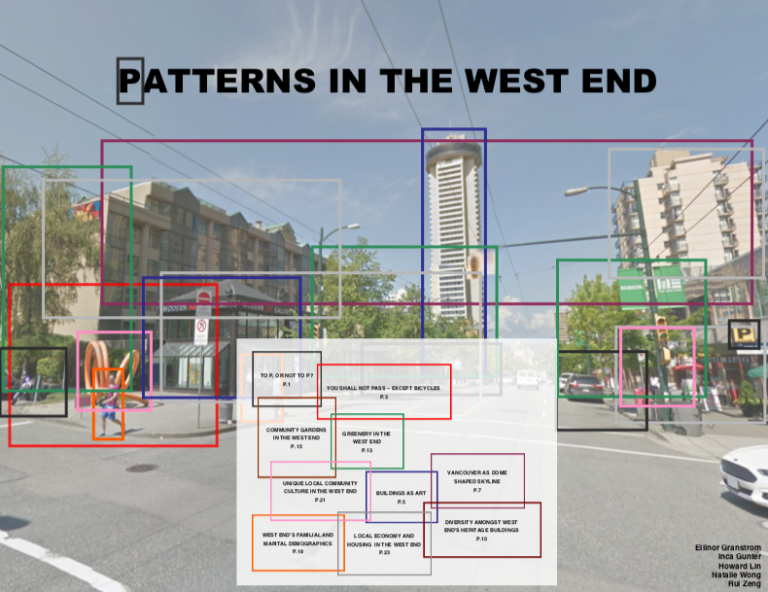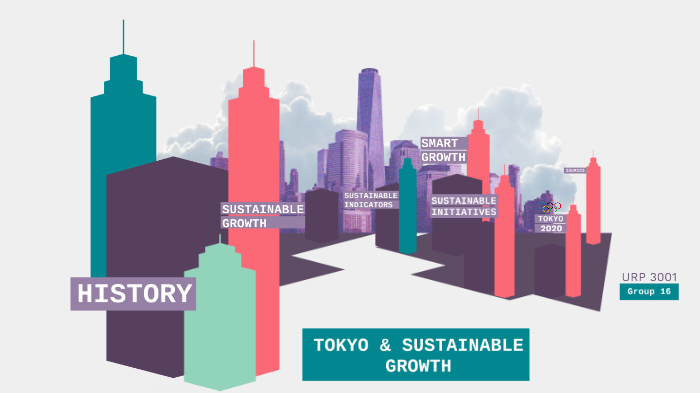

Well designed, compact, walkable cities with good public transport greatly reduce our per capita carbon footprint and are key to achieving many of the Sustainable Development Goals of which climate action is a key part. Huge gains, in terms of reducing harmful gases, can be made by changing how we plan, build, manage and power our cities and towns. How can cities contribute to reducing climate change? Energy, building, mobility and planning solutions and innovations in cities have the potential to deliver major emission cuts. However, given their role as hubs of innovation and creativity, we also look to cities to provide us with answers. Most cities are situated near water putting them at risk from rising sea levels and storms.

In addition,most of the ever-increasing number of buildings still use fossil fuels for their energy needs.Ĭities, while being the main cause of climate change, are also the most affected. Low-density suburban sprawl with little public transport and homes far from work and shops means more cars on the roads emitting carbon dioxide. The huge carbon footprint created by our cities results from poor planning and layout.

UN-Habitat Executive Director Maimunah Mohd Sharif (2nd left) with women she met during her visit to a new UN-Habitat settlement house in Turkana, Kenya. Levels of carbon dioxide, the most prevalent greenhouse gas, are at the highest levels ever, mostly due to the burning of fossil fuels for energy. Cities use a large proportion of the world’s energy supply and are responsible for around 70 per cent of global energy-related greenhouse gas emissions which trap heat and result in the warming of Earth. Over half of the world’s population lives in cities, and this is likely to increase to over two thirds by 2030. Why are cities an important part of tackling climate change? UN News asked the UN-Habitat Executive Director what role cities should play in slowing down climate change. UN-Habitat is supporting one of the nine action tracks designated by the Secretary-General “Infrastructure, Cities and Local Action” under the leadership of the Governments of Kenya and Turkey. Ms. Sharif will be joining world leaders at United Nations headquarters in New York next week at the Climate Action Summit convened by the UN Secretary-General António Guterres.


 0 kommentar(er)
0 kommentar(er)
